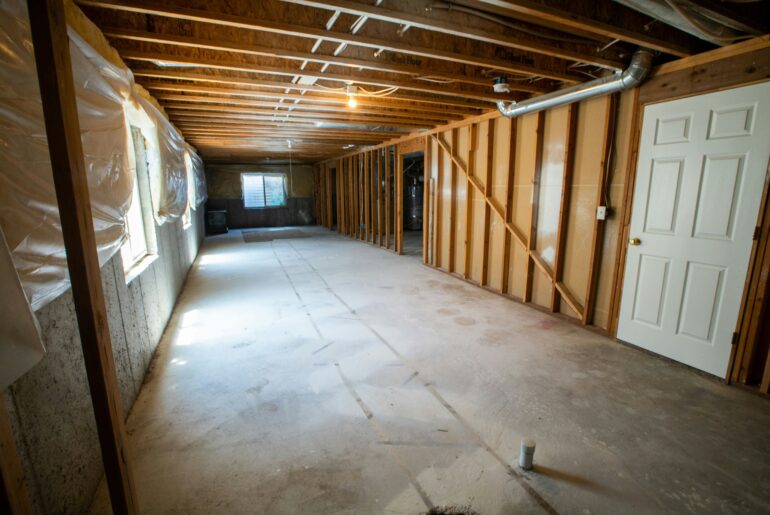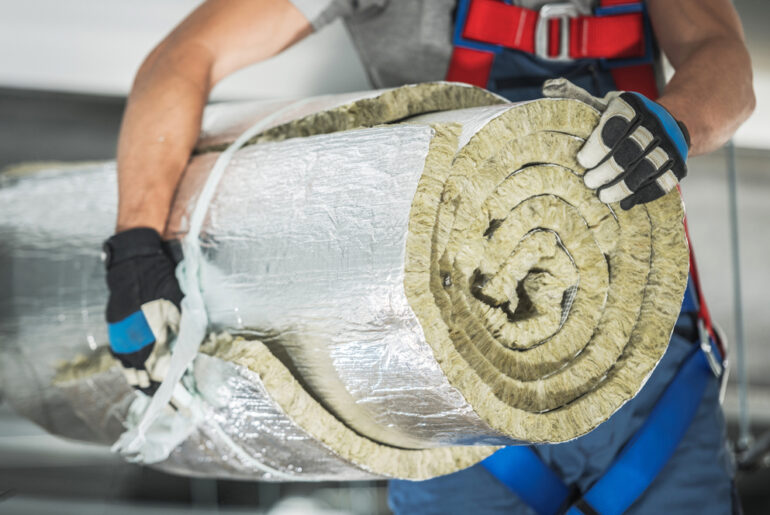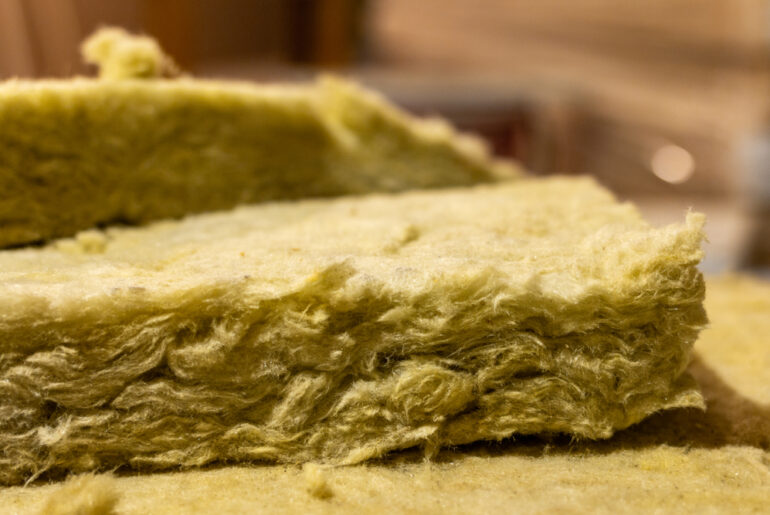There’s no scientific or test-proven method to say whether a specific product is rodent-proof. However, word-of-mouth reviews suggest that rockwool tends to be rodent-proof. There’s also very little negative feedback online about rodents being able to chew through rockwool insulation. Here’s a detailed guide about the rodent-proof attribute of rockwool insulation and other related information.
Common Rodent-Caused Issues in Residential Buildings
There are a few rodents that commonly infest residential buildings, such as mice, rats, and squirrels. These pests not only cause damage to property but also pose health risks by spreading diseases. Some of the common issues caused by rodents in residential buildings include:
- Chewed Wires: At some point, most of us have been victims of this. Rodents, especially mice and rats, have a natural instinct to chew on things. They don’t even make an exception for electrical wires. Chewing on wires can cause power outages and accidental fires.
- Contaminated Food: Rodents can also contaminate food and water sources, making them unfit for human consumption. They might carry harmful bacteria and viruses that can cause various illnesses.
- Structural Damage: Since rodents tend to gnaw on plastic and wood, they may cause damage to the structure of a building. What’s the result? Costly repairs and compromised building integrity.
How Does Rockwool Insulation Protect Against Rodents
Let’s take a quick look at the composition of rockwool insulation. It contains silicon and aluminum oxides. Slag and rockwool also contain a high alkaline earth oxide content. These oxides include magnesium oxide, calcium oxide, and dolomite.
Together, these components make rockwool insulation difficult for rodents to chew through. The high alkaline content and dense structure of the material act as a barrier, making it challenging for rodents to gnaw through.
Rockwool also has hard and sharp fibers. The structure and texture of these fibers deter rodents from nesting or burrowing through them.
Other Rodent Proof Insulation Materials
Rockwool is a good option for homeowners who want to keep rodents out. But if you’re looking for other alternatives, here are a few options to consider.
Cellulose
Be it sprayed or blown in, cellulose is an eco-friendly insulation option that can keep rodents away. It consists of shredded newspaper mixed with fire-retardant chemicals.
Unlike fiberglass and rockwool, cellulose collapses when rodents try to gnaw through it. It’s also a suitable choice for people who want an environment-friendly insulation solution.
Hemp
Hemp is composed of tough fibers that rodents find hard to chew through. It’s a renewable material resistant to fire, moisture, and pests other than rodents.
Some companies even produce hemp insulation with an added boron compound that acts as a natural insecticide. The good news about hemp is that even if rodents manage to intrude, they won’t be able to cause much damage to your insulation.
Mesh Screen
Although not an insulation option, an iron wire mesh screen can keep rodents from accessing your insulation. It’s an inexpensive solution that prevents rodent intrusion and provides good ventilation.
However, for this method to work, you need to know where rodents are trying to get in. Inspect your home and seal all possible entry points. Then, install the mesh screen to prevent a future intrusion.
Best Practices to Keep Rodents Away
Apart from using rodent-proof insulation materials, here are some other practices to keep your home rodent-free.
- Install Insulation Correctly: Sometimes, it’s not the insulation that’s the issue; the way it has been installed is the problem. So, you should make sure your insulation is installed correctly and without any gaps that can serve as entry points for rodents. Hire a professional if you’re not confident in your DIY skills.
- Seal Cracks and Holes: Do you have a random hole in your wall or an opening under your door? That’s an open invitation for rodents. Seal these cracks. For instance, you can caulk or use steel wool to fill in the gaps.
- Use Rodent Repellents: You can also use natural repellents like peppermint oil, cayenne pepper, hyacinth leaves, and ammonia to keep rodents away. These can be sprayed or placed strategically around your home to repel rodents. Alternatively, use chemicals like rodenticides, which are toxic to rodents but safe for humans when used correctly.
What to Do In Case of a Rodent Infestation
You used rockwool insulation. Plus, you sealed every possible entry point. But somehow, one or more rodents still find their way into your home.
Here’s what to do:
- Start by identifying where the rodents are coming from.
- Then, set up traps, which you can buy from a hardware store. These traps usually have bait, which is what attracts the rodents. Once caught, dispose of the rodents properly.
- If you’re not keen on setting up traps or dealing with dead rodents, call a professional pest control service.
There you have it: a comprehensive guide on rodent-proofing your home!





